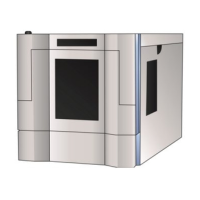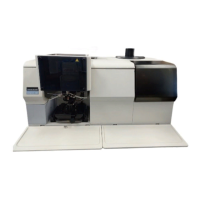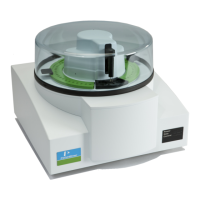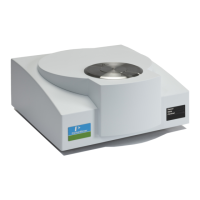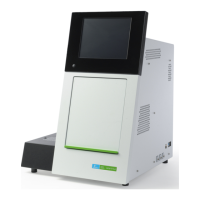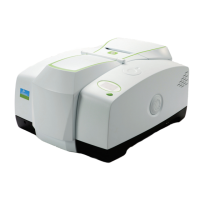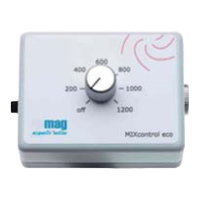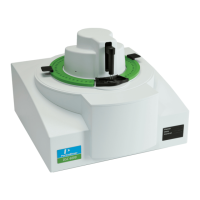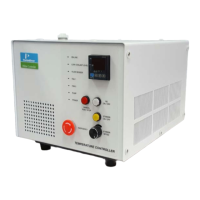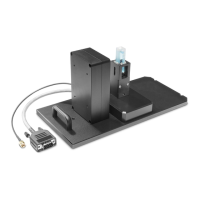CHAPTER 5
74 PerkinElmer Life and Analytical Sciences
Tips and Techniques for Performing Alpha Beta Assays
1. Several factors influence the discrimination of alpha from beta activity in a
mixed sample. First and foremost is quenching. Alpha beta discrimination
degrades in heavily quenched samples. For best performance, it is
recommended to minimize quench, if possible, by either using smaller sample
volumes or eliminating interferences with sample purification techniques.
2. Alpha Beta standards are counted with a wide open 0-2000 region for beta
activity and 0-1000 region for alpha activity. Optimize counting regions in the
Alpha Beta Nuclide Library for counting unknown samples, if desired.
3. Count the alpha and beta standards used to generate the misclassification
curve in your assay to either confirm the misclassification established when the
Alpha Beta standards were counted or to determine the revised
misclassification that results from using optimized region settings. The new
misclassification must be calculated manually from the observed counts for
both alpha (CPMa) and beta (CPMA or CPMB).
Note:Only one region of interest (CPMa) is defined for alpha
activity. This field is automatically included by default in alpha beta
assays. Beta activity can be reported in 2 regions, CPMA and
CPMB. CPMA is always included by default in the report.
4. High sensitivity (HSCM) or Low Level Count mode (LLCM) can be used in an
alpha beta assay. In this case, DO NOT link an Alpha Beta Standard Name to
an Alpha Beta Nuclide Name in the Alpha Beta Nuclide Library. Since all Alpha
Beta Standards are always
counted with normal count mode by design, linking
an Alpha Beta Standard to the Alpha Beta Nuclide name will automatically
choose normal count mode.
Note:High Sensitivity or Low Level count mode is applied only to
the beta counting and not alpha. Alpha background reduction is
achieved with alpha beta discrimination (Pulse Decay Analysis).
5. To use High Sensitivity or Low Level count mode in an assay, define the Alpha
Beta Nuclide in the library and do not link an Alpha Beta Standard set. Again
the Alpha Beta standards should be counted in the assay to determine the
alpha and beta misclassification.
Note:When counting high energy beta emitters in low level count
mode, it may be advantageous to change the Delay Before Burst
value on the Count Corrections tab (default is 75ns). Adjusting the
value, you can optimize the background reduction for the highest
sensitivity. A value between 150 and 300 is typical. The optimum
must be empirically determined with a representative background
and sample.

